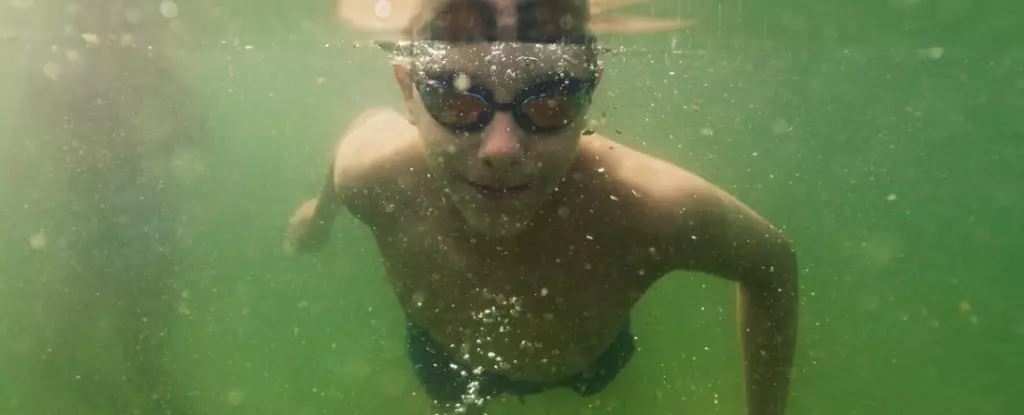As summer rolls in, many people find joy in cooling off at beaches or freshwater swimming holes. While refreshing, these activities can conceal hidden dangers. One of the most alarming threats is the rare but fatal brain infection caused by the Naegleria fowleri, often dubbed the “brain-eating amoeba.” This microscopic organism poses significant health risks, particularly when certain precautions are ignored.
Naegleria fowleri is not merely a scientific curiosity; it is a lethal organism first identified by researchers in South Australia during the 1960s. Following a spate of unexplained meningitis-related deaths in the 1950s, this amoeba drew attention due to its lethal capabilities. It leads to a severe illness known as primary amoebic meningoencephalitis (PAM), which has contributed to hundreds of fatalities around the globe. Shockingly, data show that out of the 164 documented cases in the United States between 1962 and 2023, only four individuals have survived. This grim statistic represents a staggering fatality rate of nearly 97.5%. Australia, while having fewer cases, still reports tragic incidents stemming from this infection.
N. fowleri is typically found in warm freshwater environments and thriving in temperatures between 25°C and 40°C. This organism does not flourish in saltwater or properly treated chlorinated waters, making pools and municipal water supplies generally safe for bathing. However, the danger intensifies in natural bodies of water untested for pathogens, including lakes, rivers, and hot springs.
What is particularly distressing is the specific pathway through which the amoeba infects humans: it cannot enter through the digestive system, but rather requires direct contact with the nasal passages. It can enter the brain when contaminated water flushes through the nose, as seen in unfortunate incidents where individuals rinsed their sinuses improperly. Once inside the body, the amoeba attacks brain tissues, leading to rapid deterioration of health.
Recognizing the early signs of an N. fowleri infection can be the difference between life and death, albeit challenging due to the initial nonspecific nature of symptoms. Affected individuals usually experience headaches, nausea, vomiting, fever, and neck stiffness after exposure to contaminated water. This progression can take various days, which increases the critical importance of seeking prompt medical assistance if these symptoms follow a dip in a potentially hazardous water source.
Despite the disheartening survival statistics, reports indicate that timely medical intervention has occasionally led to miraculous recoveries. Individuals are advised to remain vigilant and aware of their swimming environments, being particularly cautious after visiting areas known for warm, stagnant waters.
Preventative measures are crucial for avoiding N. fowleri infections. While the risks of contracting such infections are low, the consequences can be dire. It is imperative to minimize scenarios that might facilitate nasal contamination. For recreational swimmers, that means keeping one’s head above water, especially for children who may not fully comprehend the risks and often find themselves splashing and diving freely.
For those considering swimming in freshwater sources, selecting venues with stringent sanitation practices is critical. Artificially heated waters, such as those seen in some recreational hot springs, can also provide conducive environments for the amoeba, warranting extra caution.
Families looking for safer alternatives should opt for well-maintained swimming pools, where the water is frequently disinfected to ensure the reduction of potential pathogens. Chlorination is a vital component in safeguarding swimmers from not only N. fowleri but also other waterborne diseases.
While summer brings an undeniable invitation for fun and relaxation in water, it is essential to remain mindful of the hidden dangers that come with swimming, particularly in freshwater environments. By understanding the nature and risks of Naegleria fowleri, individuals can take the necessary steps to protect themselves and their families. Awareness and education around these risks are invaluable tools in promoting safer swimming practices and can potentially save lives. Always prioritize swimming in well-maintained and treated environments, and remain vigilant about the signs of amoebic infections, particularly after exposure to warm freshwater.


Leave a Reply